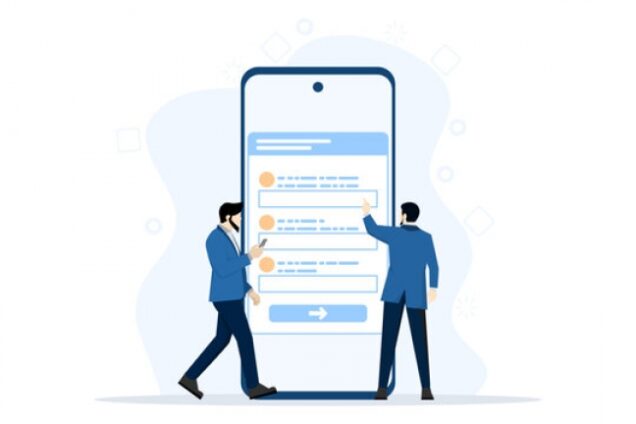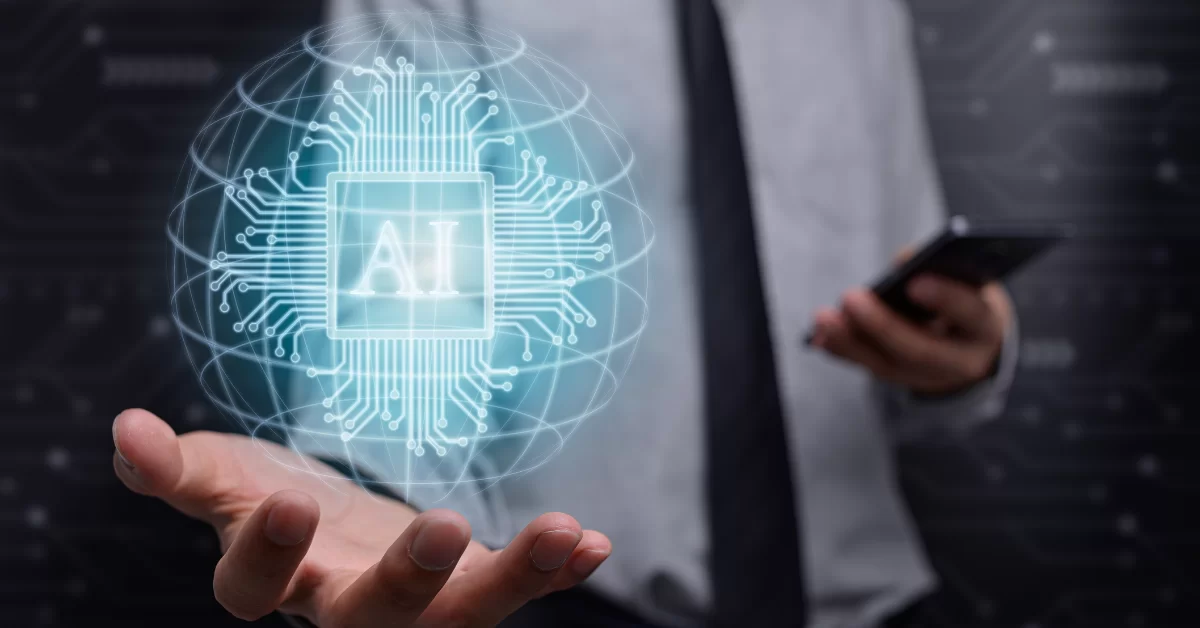How to Build Smart Apps By Integrating Machine Learning and Software Development?

4 min read | By Postpublisher P | 19 September 2023 | Mobile app development
How to Build Smart Apps By Integrating Machine Learning and Software Development? Machine learning and software development are bringing new possibilities in app creation that are beyond our imaginations of today.
The futuristic apps will be able to make informed decisions, adapt to the individual user’s preferences, and be able to deliver personal experiences. An app doing all this is really a game-changer in the industry. Developers knowing how to build such apps will get a fat paycheck.
In this article, discover how to build smart apps by integrating machine learning and software development. Know the basics of how both intersect, delve into the steps involved, and discuss the challenges with a glimpse into future trends.
Basics of Machine Learning and Software Development
Machine Learning (ML) is a branch of Artificial Intelligence (AI). It creates algorithms that enable computers to make predictions by analyzing data and learning from patterns without programming each and everything.
𝐌𝐚𝐜𝐡𝐢𝐧𝐞 𝐥𝐞𝐚𝐫𝐧𝐢𝐧𝐠 𝐚𝐥𝐠𝐨𝐫𝐢𝐭𝐡𝐦𝐬 𝐜𝐚𝐧 𝐛𝐞 𝐜𝐚𝐭𝐞𝐠𝐨𝐫𝐢𝐳𝐞𝐝 𝐢𝐧𝐭𝐨 𝐭𝐡𝐫𝐞𝐞 𝐦𝐚𝐢𝐧 𝐭𝐲𝐩𝐞𝐬:
♦𝐒𝐮𝐩𝐞𝐫𝐯𝐢𝐬𝐞𝐝 𝐥𝐞𝐚𝐫𝐧𝐢𝐧𝐠:Training a model where the output is known.
♦𝐔𝐧𝐬𝐮𝐩𝐞𝐫𝐯𝐢𝐬𝐞𝐝 𝐥𝐞𝐚𝐫𝐧𝐢𝐧𝐠:Training a model using unlabeled data, where the algorithm discovers patterns and relationships on its own.
♦𝐑𝐞𝐢𝐧𝐟𝐨𝐫𝐜𝐞𝐦𝐞𝐧𝐭 𝐥𝐞𝐚𝐫𝐧𝐢𝐧𝐠: The model learns to interact with an environment and maximize rewards through trial and error.
On the other hand, Software development is the process of designing, coding, testing, and maintaining software applications. These apps are built using programming languages, frameworks, and tools to create user-friendly apps that meet business requirements.
𝐇𝐞𝐫𝐞 𝐚𝐫𝐞 𝐬𝐨𝐦𝐞 𝐩𝐨𝐩𝐮𝐥𝐚𝐫 𝐩𝐫𝐨𝐠𝐫𝐚𝐦𝐦𝐢𝐧𝐠 𝐥𝐚𝐧𝐠𝐮𝐚𝐠𝐞𝐬, 𝐟𝐫𝐚𝐦𝐞𝐰𝐨𝐫𝐤𝐬, 𝐚𝐧𝐝 𝐦𝐞𝐭𝐡𝐨𝐝𝐨𝐥𝐨𝐠𝐢𝐞𝐬 𝐢𝐧𝐯𝐨𝐥𝐯𝐞𝐝 𝐢𝐧 𝐬𝐨𝐟𝐭𝐰𝐚𝐫𝐞 𝐝𝐞𝐯𝐞𝐥𝐨𝐩𝐦𝐞𝐧𝐭:
♦𝐏𝐫𝐨𝐠𝐫𝐚𝐦𝐦𝐢𝐧𝐠 𝐥𝐚𝐧𝐠𝐮𝐚𝐠𝐞𝐬: Python, Java, C++, and JavaScript.
♦𝐅𝐫𝐚𝐦𝐞𝐰𝐨𝐫𝐤𝐬: Django, Ruby on Rails, and AngularJS.
♦𝐌𝐞𝐭𝐡𝐨𝐝𝐨𝐥𝐨𝐠𝐢𝐞𝐬: Waterfall model, agile development, and DevOps.
Integrating Machine Learning and Software Development
Machine learning and software development have a symbiotic relationship. By integrating both technologies, innovative solutions can be developed that can solve complex problems, lean, and improve over time.
Imagine a fitness-tracking app that uses ML to analyze user data. How will that app be different from the fitness app that we use today? Here is a glimpse. The ML-powered app will be able to analyze internal factors like users’ physical data, past workouts, and their preferences and also analyze external factors like weather conditions to suggest the most effective and enjoyable workouts for that day. This level of personalization is possible for all business apps by integrating machine learning and software development.
Creating a robust architecture that can handle the computational requirements of machine learning algorithms is a must. The app should be scalable for the future demands of the business. It involves building the backend systems that support the training of machine learning models, setting up data storage and retrieval systems, and creating APIs for model integration.
Ethical Considerations
Today, it is more essential than ever to have a responsible use of the technology that uses personal data. Developers need to consider factors like data privacy, fairness, and transparency when implementing machine learning systems. The awareness of potential biases in the data is crucial so that effective steps to mitigate them can be taken. It is also important to provide clear explanations to the end users on how their data is used to make decisions.

Steps to Integrate Machine Learning into Your App
Identifying the Need for ML
The first step is to identify the specific areas of your app that can benefit from machine learning. For example, using ML for an e-commerce app to suggest personalized products. Analyze your app’s requirements and determine where machine learning can add value.
Conduct user surveys & gather feedback from your target audience to understand their pain points. Factors such as the availability of relevant data, computational resources, and the expertise required to maintain machine learning have to be considered.
Choosing the Right Machine Learning Model
Once you have identified the need, the next step is to choose the right machine-learning model. There are various types of machine learning models, such as classification, regression, clustering, and deep learning. Select a model that aligns with your app’s requirements and the type of data you have.
Choosing the right model also involves factors like the complexity of the problem, the size of the dataset, and the available resources. Evaluate different models to determine the most ROI-driven model for your specific use case.
Implementing ML into the Software Development Process
This phase involves training the chosen model using relevant data, implementing the algorithms, and integrating the decisions into your app’s logic.
Training the machine learning model requires a significant amount of data that can be collected from various sources, such as user interactions, external databases, or publicly available datasets.
You should consider the scalability of the machine learning integration and design a flexible architecture because as the app evolves, you may need to retrain the model with new data to improve performance.
For more information on machine learning services, you can talk to our experts with a free consultation.
To Wrap Up
Machine learning enhances software development by providing new capabilities for personalization. Similarly, software development provides the infrastructure and framework for machine learning models to be integrated into apps in a reliable manner.
Integrating machine learning into software development opens up new possibilities for building smart apps. AI is rapidly evolving, and soon, these AI-powered apps will become prevalent. As a developer, equip yourself to be able to handle the complexity of these machine-learning apps efficiently. Stay ahead of the tide by embracing the futuristic vision.
The latest from our editors
Join over 150,000+ subscribers who get our best digital insights, strategies and tips delivered straight to their inbox.


